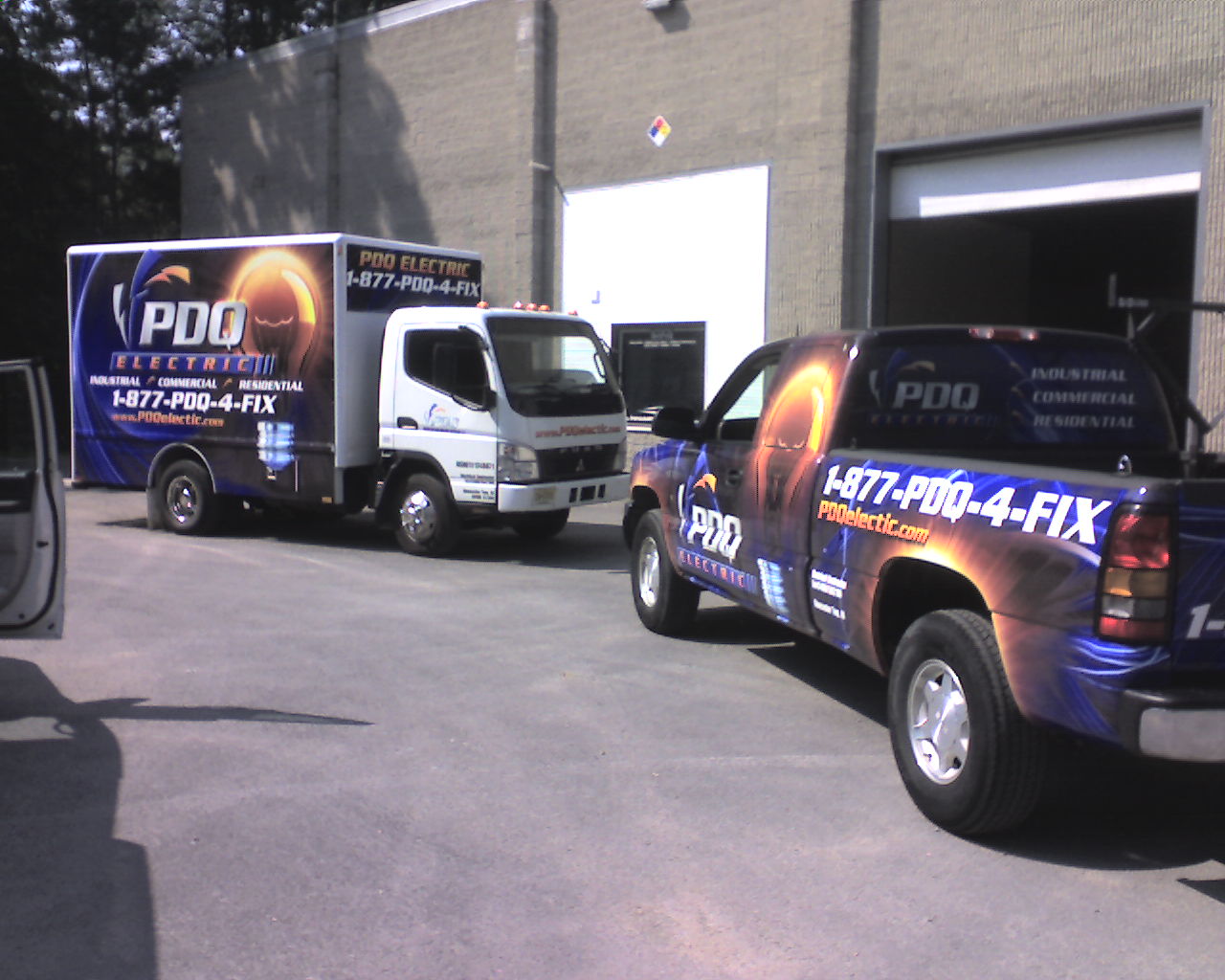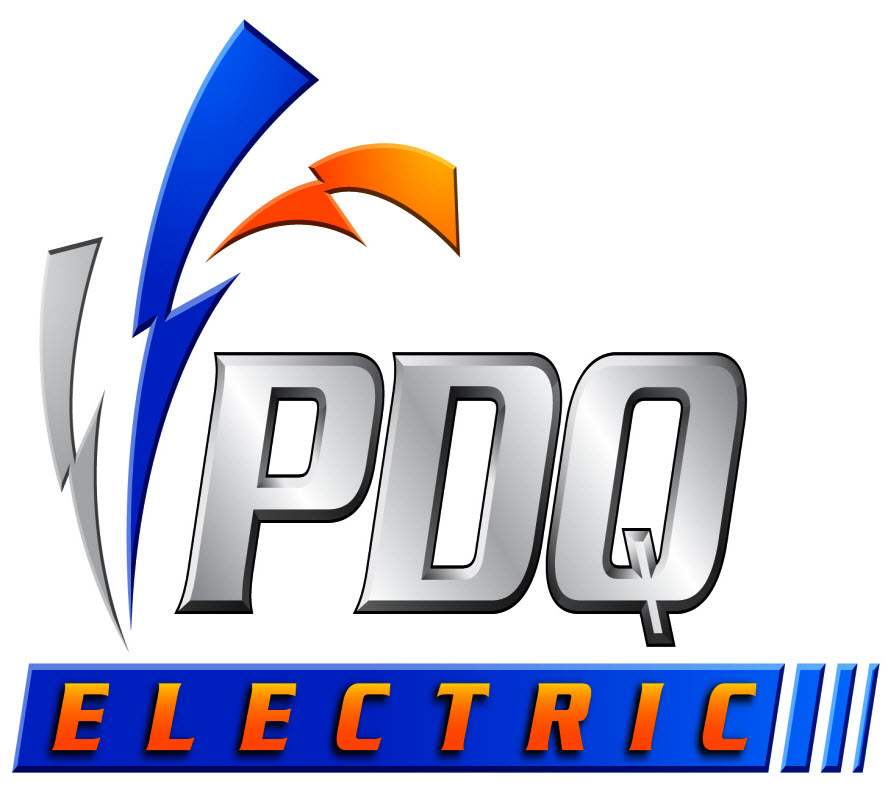 Industrial - Commercial
Industrial - Commercial  Electrical
Contractor
Electrical
Contractor 
PDQ Electric Corp
NJ, PA, DE, MD, NY, CT, DC, MA, RI
|

PDQIE - PDQ Industrial ElectricGrounding and Bonding Systems Outline
TYPES OF AC GROUNDED SYSTEMS
WHICH SYSTEM TO USE??
UNGROUNDED SYSTEM
DETECTION DEVICES SOLIDLY GROUNDED SYSTEM
RESISTIVE GROUNDED
REACTANCE GROUNDING
GROUND-FAULT NEUTALIZER
SEPARATELY DERIVED SYSTEM
GROUNDING ELECTRODE SYSTEM and
GROUNDING ELECTRODE SYSTEM
BONDING
| |
(877) 737-4349 (Toll Free)
(877) PDQ-4-FIX (Toll
Free)
(856) 625-6969 (Text
Messaging)
PDQ ia an Acronym for "Pretty Damn Quick"
|
PDQIE, www.PDQIE.com, info@PDQIE.com, quote@PDQIE.com, Ryan@PDQIE.com, PDQ Industrial Electric, www.PDQIndustrialElectric.com, info@PDQIndustrialElectric.com, quote@PDQIndustrialElectric.com, Ryan@PDQIndustrialElectric.com are marketing tools of PDQ Electric Corp, a NJ Licensed Electrical Contractor. Reddy Kilowatt® is a Registered Trademark of Northern States Power Company. The information on this website is believed to be reliable, but we cannot guarantee that information will be accurate, complete and current at all times and should be reaffirmed by a licensed professional before relying on it. PDQIE will from time to time revise information, products and services described in-on this Website, and reserves the right to make such changes without notice. Use of this Website is entirely at your risk. Materials and information in this Website (including text, graphics, and functionality) are presented without express or implied warranties of any kind and are provided "as is". It is your responsibility to evaluate the accuracy, completeness and usefulness of any opinions, advice, services and information provided.
